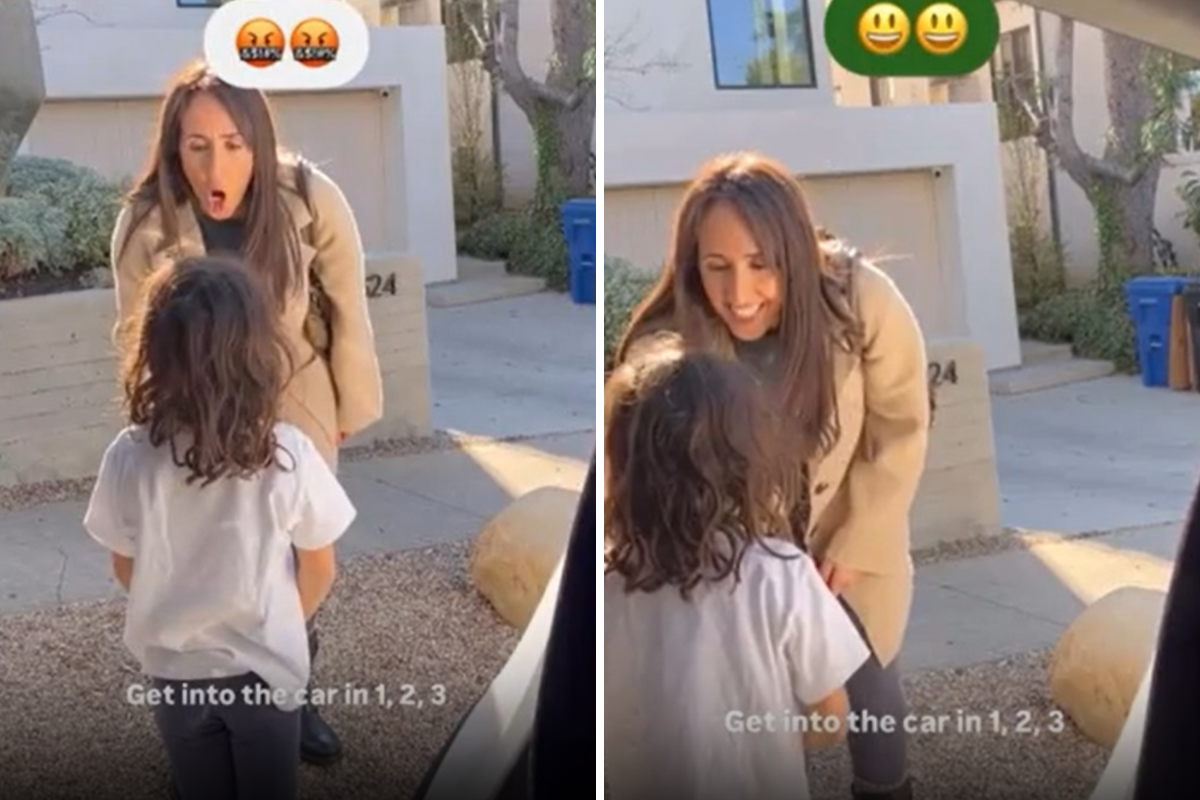Parents can often feel as if they are constantly repeating themselves, especially when giving instructions to their children. However, according to one parenting expert, it doesn't have to be that way.
Shirin Galili, a parenting educator and former teacher, has captivated 1.9 million viewers on Instagram with her demonstration of how tone of voice and body language can transform communication with children.
In the video, Galili (@shirin.galili) repeats the same statement twice—first in an orderly, structured manner and then in a gentler, more compassionate tone. The difference is striking.
The mom-of-three told Newsweek: "One of the benefits of considering our tone of voice and body language when communicating with kids is that it makes them more open to learning from us. They start making improvements—not just because they're forced to, but because they genuinely want to."

To illustrate her approach in the video, Galili shared examples that many parents can relate to:
- "Get into the car in 1, 2, 3."
- "I know you're upset, but I need you to use your calm and kind words."
- "Remember you said you would clean up the mess."
These phrases, she noted, aren't just instructions—they're opportunities. Galili told Newsweek: "With every interaction, we have a chance to teach our kids life skills when we avoid resorting to anger or force."
So far, the December 3 clip has almost 44,000 likes and 500 comments—many suggesting that shouting seems to be the only way to get a job done.
"What happens when the nice way doesn't work?" one user asked, while another wrote: "After the nice way is said 25 thousand times, the mean way just seems to come out, lol... we try, but we're human."
Galili, who owns NŪVŪ Parenting, said that parents should try a new strategy if their child doesn't respond to a couple of the "nice" attempts.
"If the first two attempts aren't successful, then the parent needs to try something new and think outside the box (without resorting to yelling).
"For example, instead of repeating the same thing in the same way, the parent can get closer, make eye contact, and ensure the child is paying attention. The parent can then make a specific request. Getting closer and quieter and using specific requests instead of getting louder or giving general commands are just a couple of tools—out of dozens—that parents can use instead of constantly resorting to anger and force."
Another user agreed and wrote: "This is so true. My parenting is more about my patience and my growth as a human. Yelling doesn't work. This video is facts."
If you have a family dilemma, let us know via life@newsweek.com. We can ask experts for advice, and your story could be featured on Newsweek.




















 English (US) ·
English (US) ·